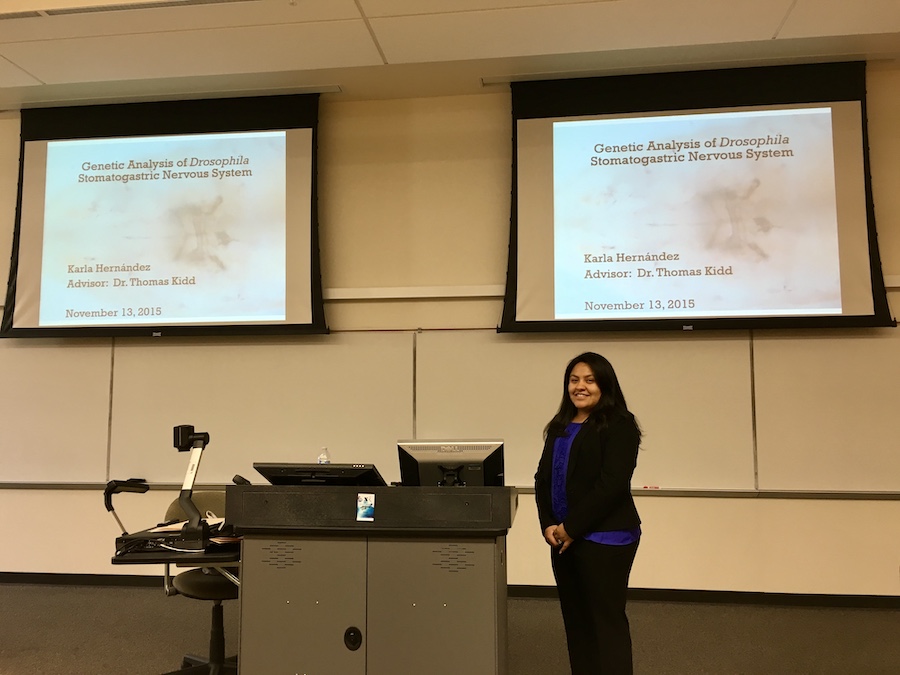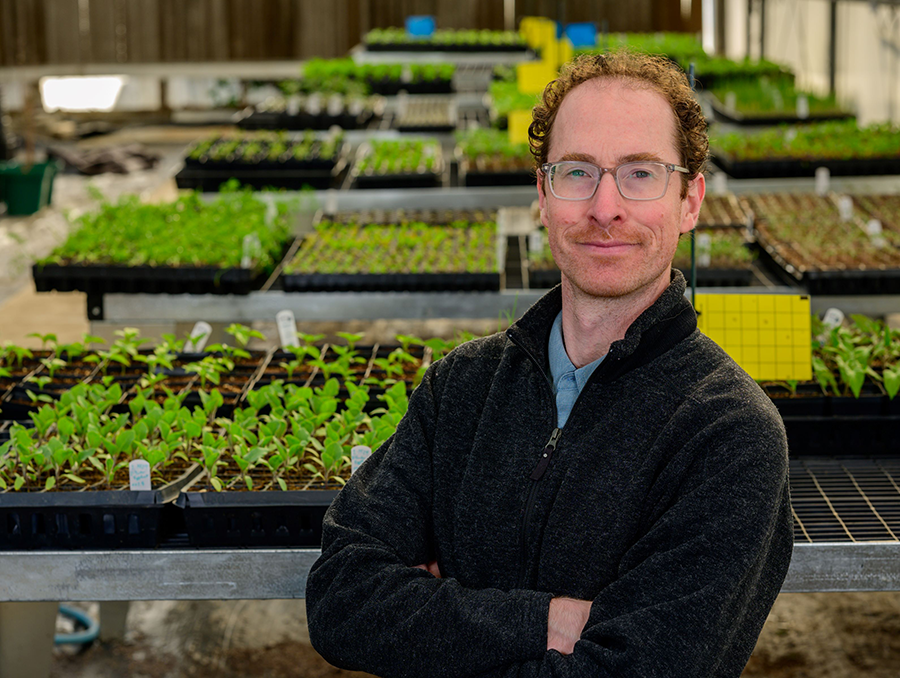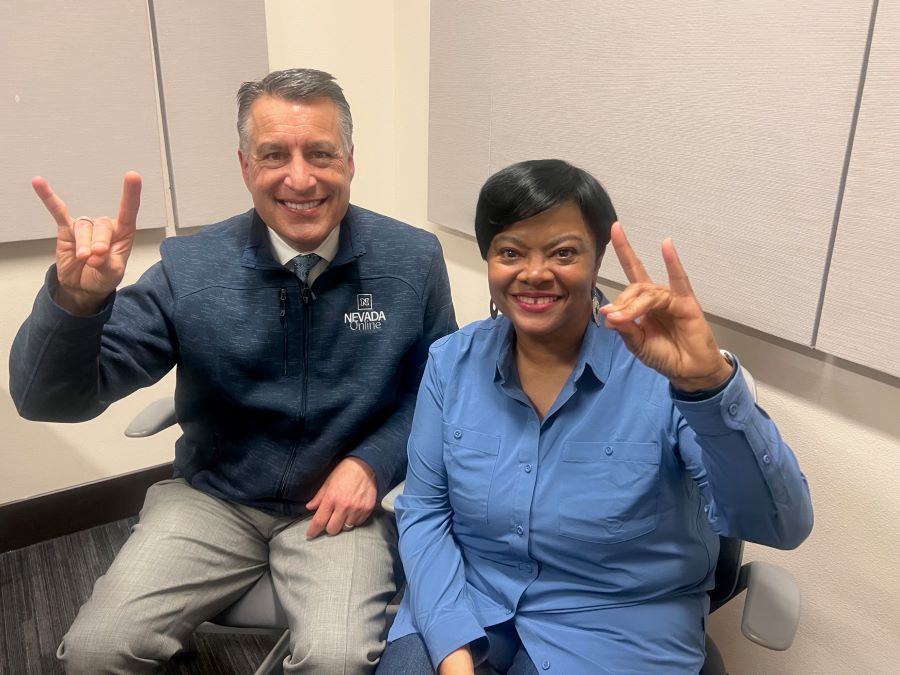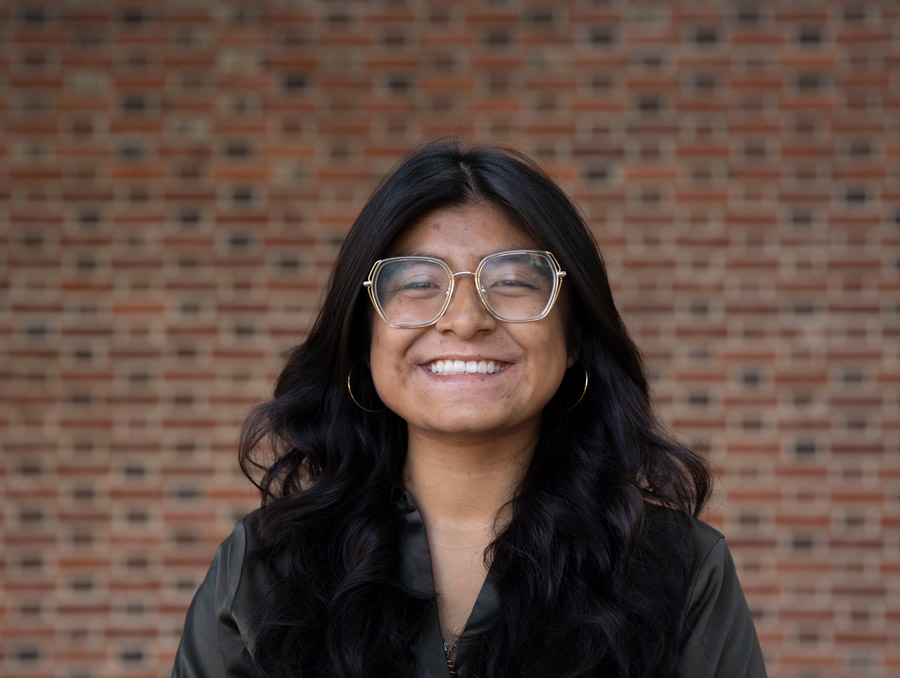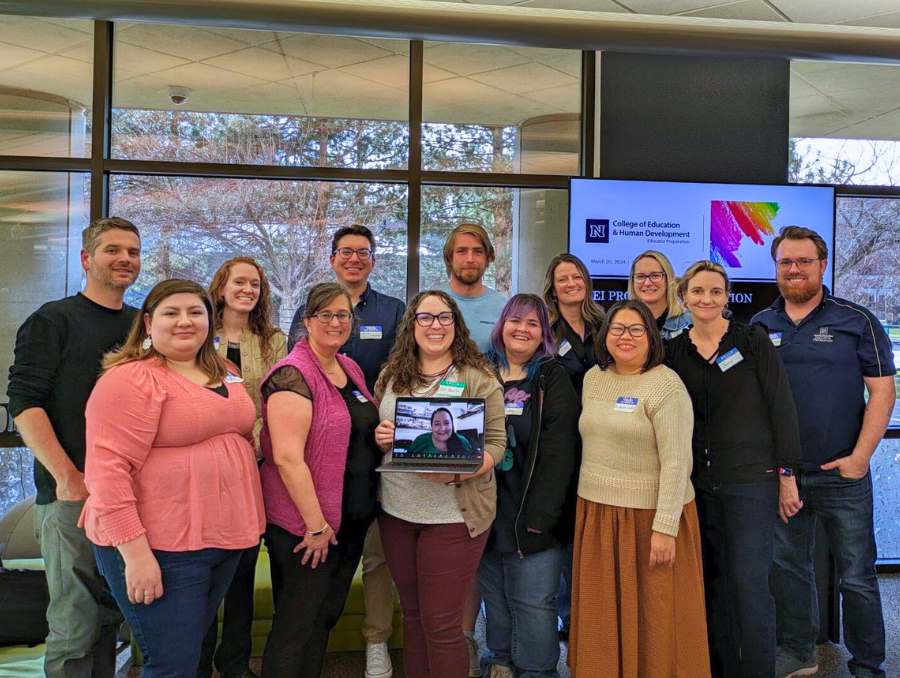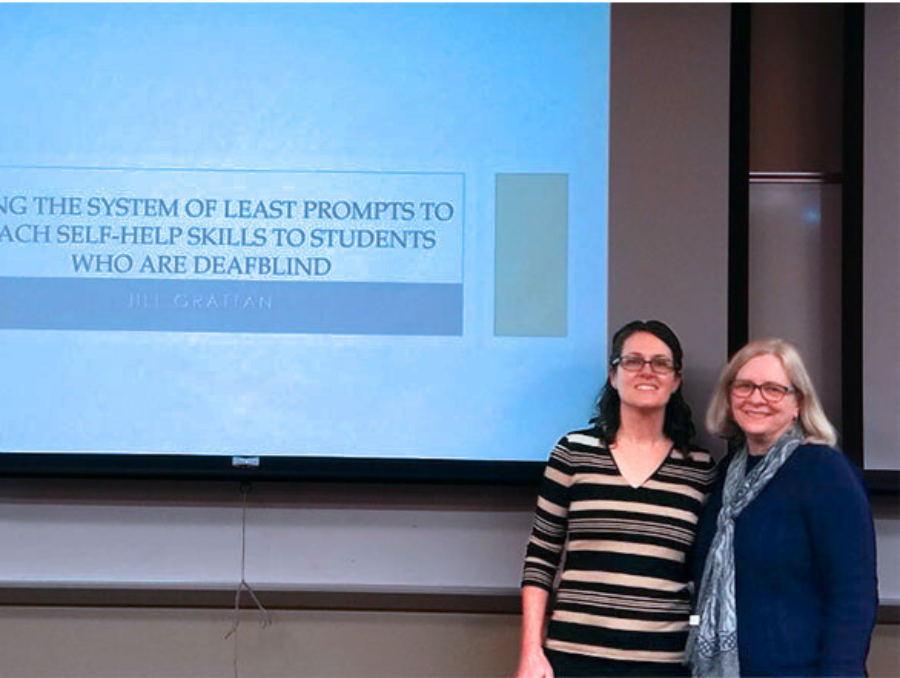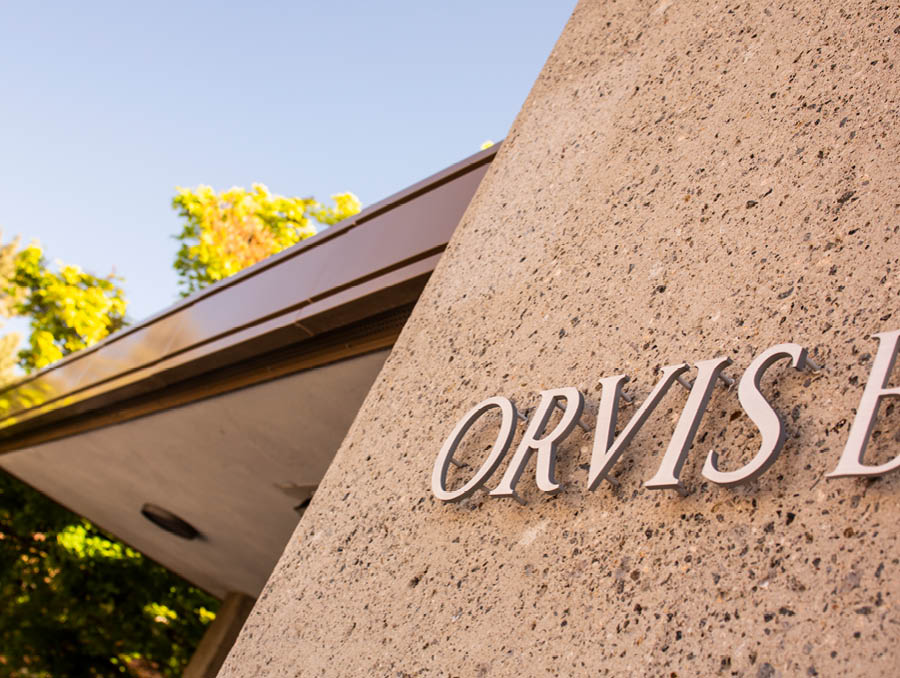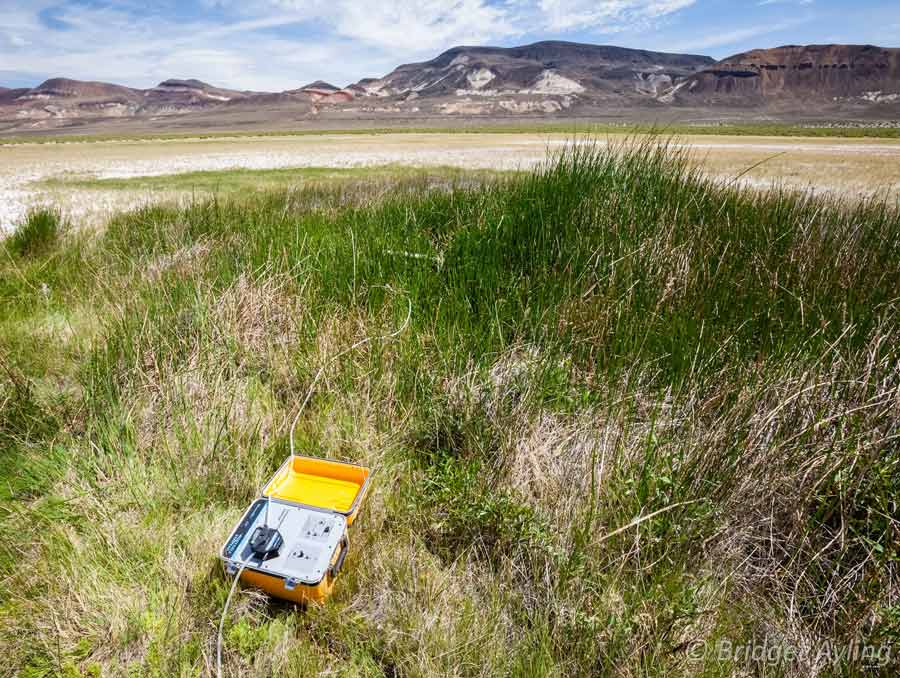NASA's Spaceward Bound project took a team of NASA scientists and educators from throughout the country to study the unique geological formations of the Mojave Desert and the microbes that call it home, March 25-30. The Mojave's harsh desert environment gives scientists the opportunity to explore environments with geographical features similar to the moon and Mars.
Dan Ruby, associate director of the Fleischmann Planetarium and Science Center, was among 40 educators to participate in the study. While most of the educators were middle school and high school teachers, Ruby was one of two informal educators on the team.
"NASA called and asked if I know anyone that would be interested in coming along," Ruby said. "I was a lot more excited about it than I let them know."
NASA's Spaceward Bound project, which is part of the Ames Research Center, chose to bring along teachers so that they can bring their experiences back to the classroom. Ruby said he will be able to share his experiences with thousands of elementary and middle-school students that visit Fleischmann Planetarium on field trips each year.
"Teachers will very naturally inject these experiences into their teaching, which is critical because their students are the ones who will actually go to the moon and prepare for the first human missions to Mars," said Liza Coe, co-principal investigator for the Spaceward Bound project.
Ruby said he spent most of his time doing research in hot air balloons and caves.
"We set up a high-resolution camera and a thermal camera inside the hot air balloon," Ruby said. "We then used the thermal camera to detect caves on the ground."
Ruby said that the purpose of this experiment was to determine if the thermal camera will be accurate in mapping out lava caves on Mars. He said that the team in the hot air balloon worked with a team on the ground to confirm that the thermal cameras were accurate in their findings.
Ruby said that finding lava caves is a milestone in determining whether Mars has the potential for past or present microbial life. Due to the airtight environment and moderate temperatures, caves also present prospective lodging areas for future missions to Mars. The project team currently has plans to design robots for cave exploration.
Students and teachers throughout the world were also able to follow the action on the Spaceward Bound website via daily mission logs and image captures. They also held a one-hour webcast in English and Spanish.
The education division at Ames developed the Spaceward Bound: Mojave educational program in partnership with the Desert Research Institute and San Jose State University to train the next generation of space explorers. Previous Spaceward Bound expeditions included the exploration of the Mars-like soils in the Atacama Desert in northern Chile and two week-long, immersive, full-scale simulations of living and working on the moon and Mars at the Mars Desert Research Station in the Utah desert.
NevadaToday




